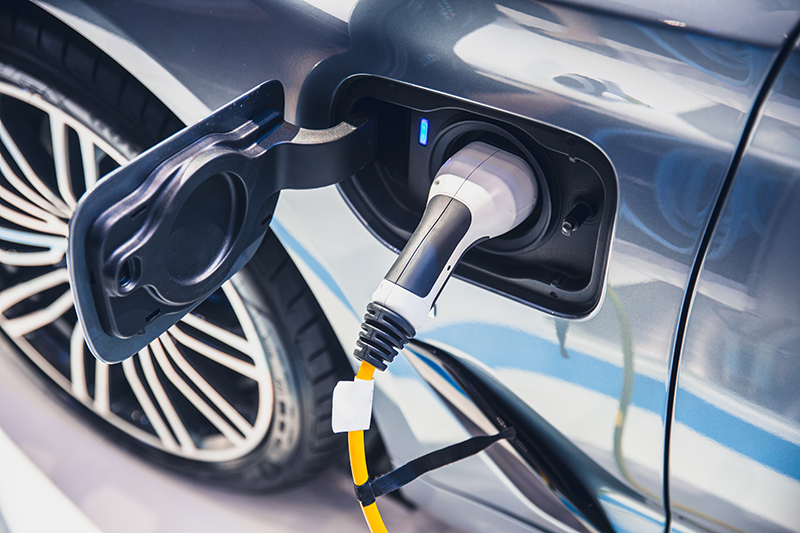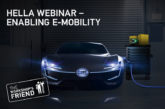
heycar has revealed there is a North/South divide opening in Britain with implications for the future of motoring in the UK – the electric car.
Sales figures sourced from heycar suggest specific market conditions cultivated by the government are prompting a disproportionately high take-up of EVs in areas south of Birmingham while leaving the rest of the country lagging behind.
It is said to be widely accepted that national EV demand is being driven by the introduction of clean air zones. heycar analysis has found EV stock levels and used prices are broadly the same across the UK. However, demand has reportedly been skewed by the expansion of the ULEZ and the introduction of clean air zones in other areas. Both of these schemes have been put in place by local authorities to charge drivers of higher polluting vehicles and discourage their travel through areas with already poor air quality in an attempt to reduce emissions.
In October 2020 EV demand in the South was 30% higher than in the North of the UK. In October 2021 this figure swung by 108% in the South’s favour – coinciding with the month when the ULEZ was extended. Over the last six months (1 August – 31 Jan), EV demand has remained high at 70% in the South’s favour, meaning demand is being driven by the introduction of clean air zones in the South. Seven cities, including Aberdeen, Bradford, Dundee, Edinburgh, Glasgow, Newcastle and Sheffield are introducing or expanding clean air zones over the next year. Some of these areas will charge or fine car drivers who don’t meet the required standard, but by this time many of the subsidies, grants and other benefits will be gone.
Government grants for individuals buying new EVs have also reportedly been cut multiple times in 2021, with the plug-in grant being slashed by £1,000 for personal vehicles and a new, lower cap of £32,000 for the values of eligible cars. Grants for commercial vehicles have also been cut to £5,000 for large vans and £2,500 for small vans, and the home charging grant in England is also being axed in March.
Said to be further perpetuating the issues, is a lack of investment when it comes to EV infrastructure, including charging points. Despite more than 40% of new car models now being available as plug-ins, this leaves communities in more remote locations without the opportunity to reasonably consider an upgrade to EV and to continue reliance on increasingly expensive combustion engine vehicles.
Dan Powell, Senior Editor at heycar, said: “There is clear evidence to suggest that clean air zones are creating market conditions that are driving the take-up of electric cars in the south and leaving other parts of the country lagging behind.
“Sadly, this has had a number of serious knock-on effects on car buyers in the north, with fewer public EV chargers and dwindling resources for the plug-in grant.
“As a result, the north-south gap will be extremely difficult to close without significant investment from the government.”









